Lighting is the unsung hero of any great makeup application. Whether you're a professional artist backstage at Fashion Week or someone perfecting their daily routine, understanding how light interacts with your makeup can mean the difference between a flat, lifeless face and a dimensional, radiant one. The right lighting doesn't just reveal your makeup—it elevates it.
Natural daylight remains the gold standard for makeup application, but it's not always available when we need it. North-facing windows provide the most consistent, diffused light, while direct sunlight can create harsh shadows that lead to over-application. The key is to position yourself where the light hits your face evenly, without casting shadows from your hands or tools. Many professionals keep a small mirror near their primary workspace to check makeup in natural light before finalizing their look.
Artificial lighting requires more nuanced understanding. LED bulbs with a color temperature around 5000K mimic daylight most accurately, while traditional incandescent bulbs tend to be too warm, causing you to overcompensate with cooler-toned products. Fluorescent lighting, still common in many bathrooms and dressing rooms, can make skin appear sallow and uneven. Investing in a quality lighted mirror with adjustable color settings pays dividends in makeup precision.
The angle of your light source dramatically affects how makeup appears. Front lighting, while flattering for video calls and selfies, can actually hide texture and imperfections too well—you might miss areas needing more blending or coverage. Side lighting reveals texture and any uneven product application, making it invaluable for checking your work. Backlighting shows how your makeup will look in silhouette, useful for stage performers and those who will be photographed from multiple angles.
Color correction becomes a different game under various lighting conditions. What neutralizes redness perfectly in your bathroom might appear ashy outdoors. Professional makeup artists often step outside or check their work under multiple light sources before declaring a look complete. This practice is especially crucial for bridal makeup, where the wearer will be photographed under everything from candlelight to flash photography throughout their event.
Highlighting and contouring techniques must adapt to your lighting environment. The intense stage contouring that looks dramatic under spotlights would appear garish in an office with overhead fluorescents. Similarly, the subtle shading that creates perfect cheekbones in golden hour sunlight might disappear entirely in a dimly lit restaurant. Learning to adjust your product placement and intensity based on where you'll be spending time is a hallmark of advanced makeup artistry.
Product formulation interacts uniquely with different light sources. Silicone-based primers that create a flawless filter effect under artificial light might cause flashback in photography. Similarly, mineral sunscreens containing zinc oxide or titanium dioxide—while excellent for skin protection—can leave a white cast in flash photography. Understanding these interactions helps prevent beauty mishaps at important events.
Modern technology offers innovative solutions to lighting challenges. Many professional makeup artists now use color-correcting apps that analyze skin tone under various lighting conditions. Some high-end lighted mirrors incorporate smart technology that simulates different environments—from candlelit dinners to bright office fluorescents—allowing you to perfect your look for any occasion. These tools bridge the gap between the ideal lighting of a makeup studio and the variable conditions of real life.
The relationship between makeup and lighting extends beyond application to maintenance throughout the day. Oil-control products that appear matte under soft daytime light might develop an unflattering shine under evening spotlights. Setting sprays formulated without glycerin prevent flashback in photography but may not provide enough dewiness for a daytime natural look. Carrying a small emergency kit with blotting papers, a travel powder, and a miniature setting spray allows for lighting-appropriate touch-ups.
Photography introduces additional considerations. The ring lights popular among beauty influencers create even, shadow-free illumination perfect for detailed makeup videos, but can flatten facial features in still photography. Understanding your camera's white balance settings helps ensure your makeup colors translate accurately to images. Many professionals keep a gray card handy to set custom white balance before important shoots.
Stage and screen makeup operates under entirely different lighting rules. The heavy foundations once necessary to withstand hot stage lights have given way to newer formulations that provide coverage without mask-like thickness, thanks to advances in lighting technology. However, performers still need to amplify certain features—like eyebrows and lip definition—to maintain facial expressiveness under dramatic lighting conditions.
Cultural differences in makeup lighting preferences reveal fascinating beauty philosophies. Korean beauty trends often favor diffuse, soft lighting that enhances the "glass skin" effect, while Western glamour looks frequently incorporate more directional lighting to emphasize contour. Middle Eastern makeup traditions have developed intricate eye designs that shimmer under the warm, golden lighting common in event spaces. Each approach reflects how regional lighting environments shape beauty ideals.
Emerging lighting technologies continue to revolutionize makeup application. Some high-end beauty studios now employ programmable LED systems that can recreate the exact lighting conditions of a client's upcoming event venue. Augmented reality mirrors allow users to see how different makeup looks will appear under specific lighting scenarios before applying any product. These innovations make professional-level lighting analysis accessible beyond elite photo shoots and runway shows.
The psychological impact of lighting on makeup perception shouldn't be underestimated. Warmer lighting tends to make bold makeup choices feel more approachable, while cooler tones can make the same look appear more dramatic. Many people find they prefer different makeup intensities depending on their environment's lighting—a phenomenon makeup artists consider when creating looks meant to transition from day to night.
Mastering makeup lighting ultimately comes down to observation and adaptation. The most skilled artists train themselves to notice subtle shifts in how products interact with light throughout the day and across environments. They understand that lighting doesn't just illuminate makeup—it collaborates with it to create the final effect. This dynamic relationship between light and pigment lies at the heart of all great makeup artistry.
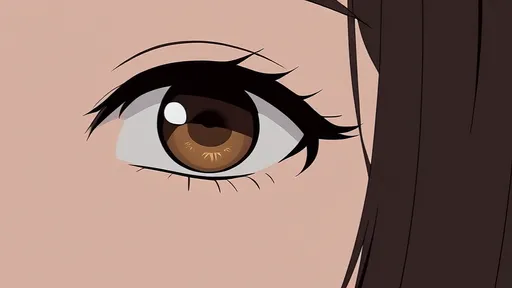
By /Jun 28, 2025
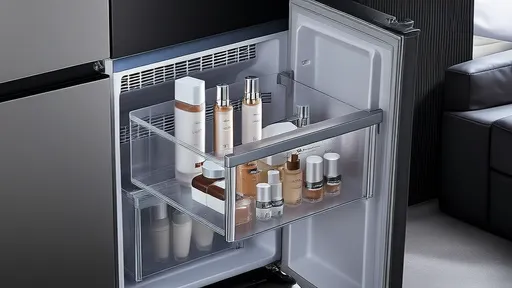
By /Jun 28, 2025
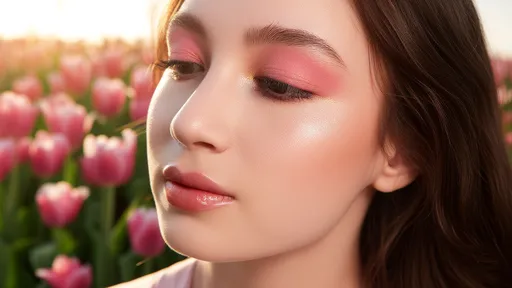
By /Jun 28, 2025
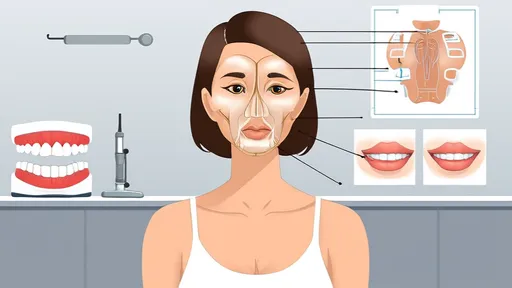
By /Jun 28, 2025
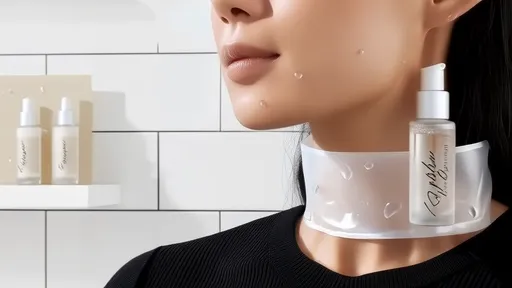
By /Jun 28, 2025
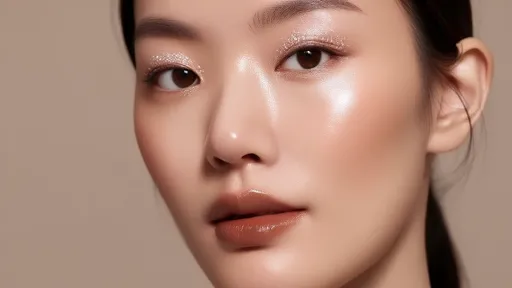
By /Jun 28, 2025
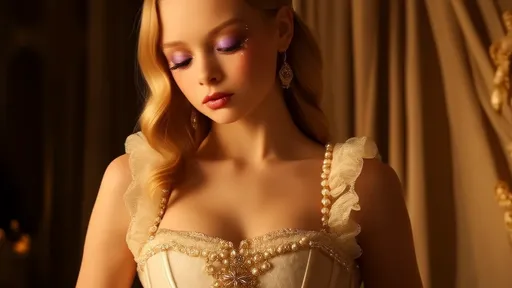
By /Jun 28, 2025
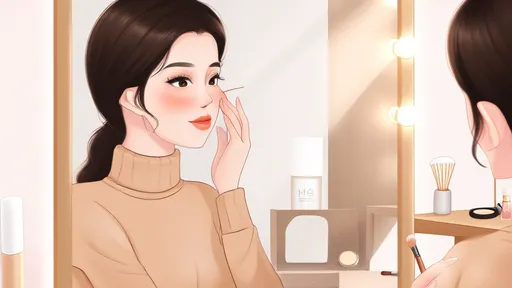
By /Jun 28, 2025
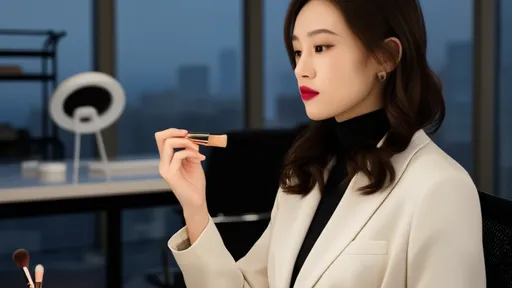
By /Jun 28, 2025
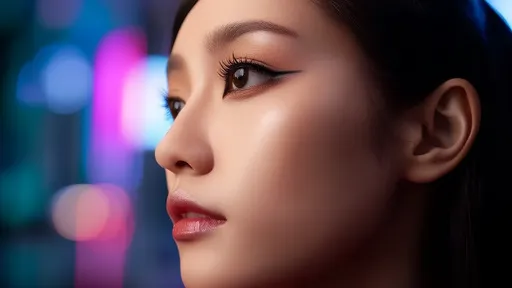
By /Jun 28, 2025
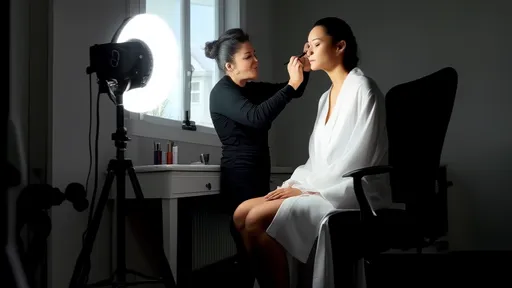
By /Jun 28, 2025
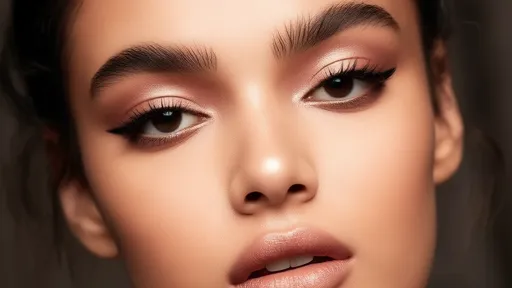
By /Jun 28, 2025
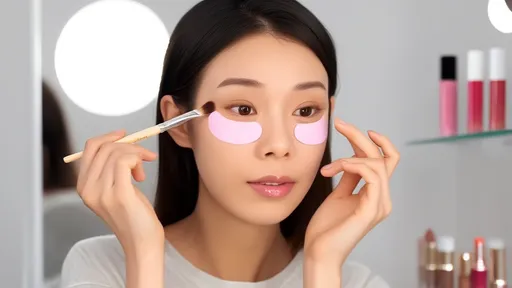
By /Jun 28, 2025
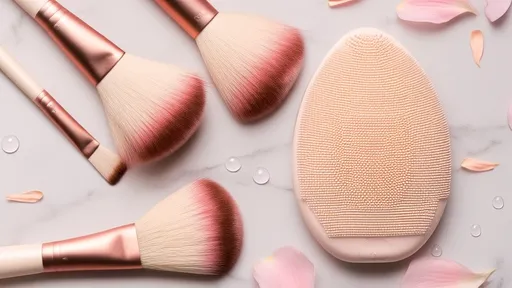
By /Jun 28, 2025
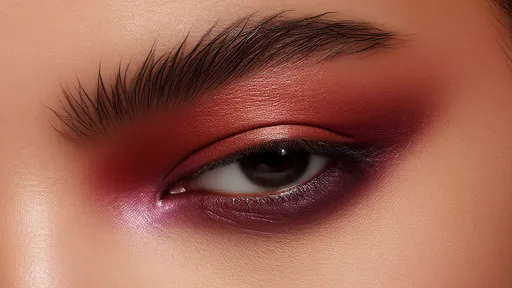
By /Jun 28, 2025
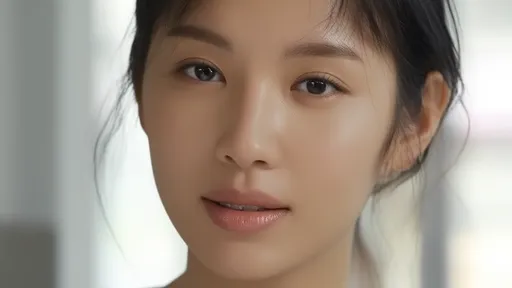
By /Jun 28, 2025
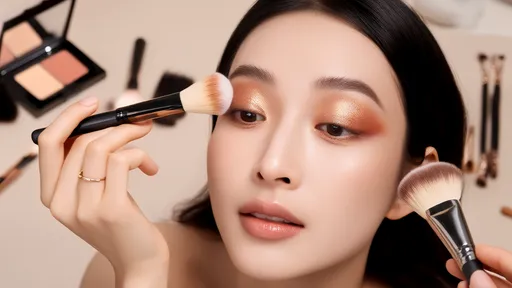
By /Jun 28, 2025
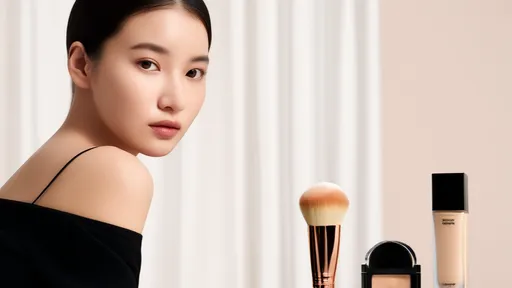
By /Jun 28, 2025
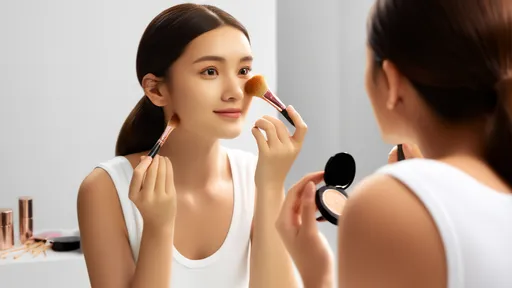
By /Jun 28, 2025
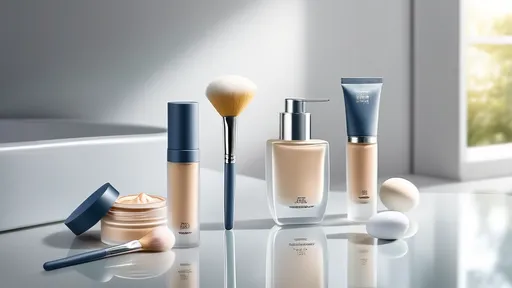
By /Jun 28, 2025